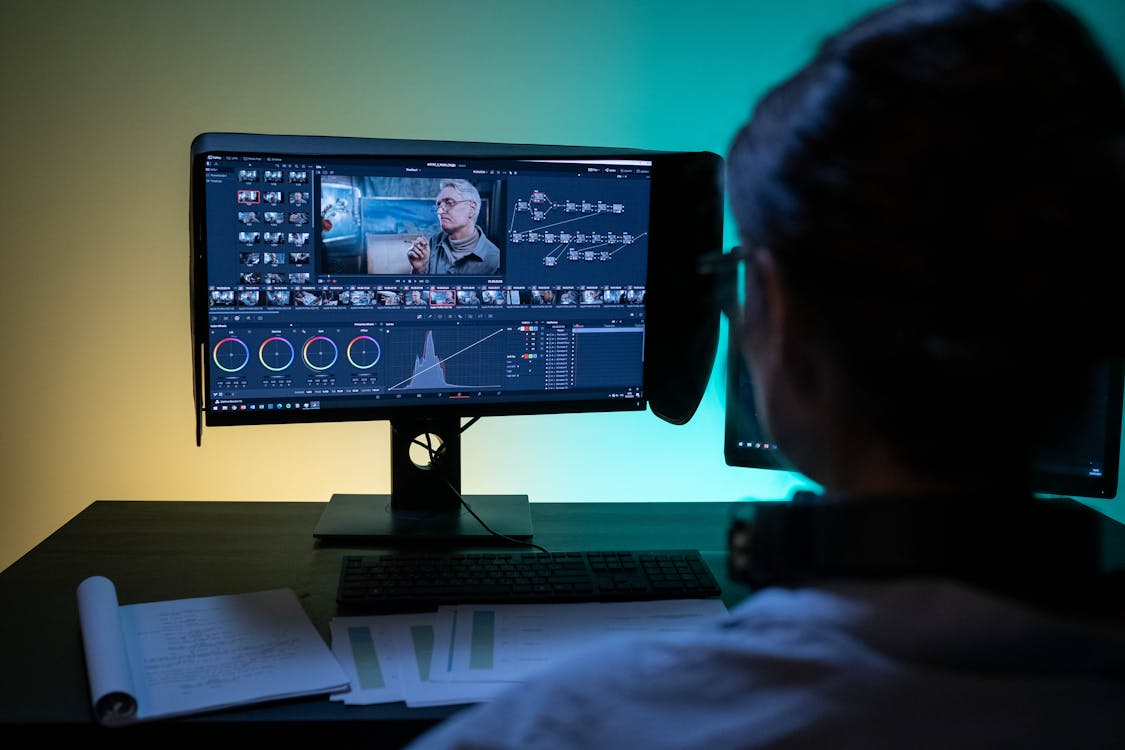In the rapidly expanding global gaming industry, voice-over localization is a cornerstone for making video games accessible and immersive worldwide. This process adapts spoken dialogue to different languages and cultures, ensuring the game’s narrative and emotional impact resonate across diverse regions. With the gaming market projected to reach $256 billion by 2025 (Mordor Intelligence), effective localization is vital for developers targeting international audiences.
Localization goes beyond mere translation—it involves selecting culturally appropriate voice actors, preserving tone, and achieving technical synchronization like lip-syncing. When done well, it transforms games into engaging, relatable experiences for players from varied backgrounds. This article explores the complexities of voice-over localization, key challenges, best practices, and its impact on enhancing the gaming experience.
Challenges in Voice-Over Localization
Localizing voice-overs is a complex task with several hurdles that developers and localization teams must overcome.
Casting the Right Voice Actors: Finding voice actors fluent in the target language and culturally aware is critical. Actors must embody characters’ personalities and emotions to maintain authenticity. In languages like Japanese or Russian, limited talent pools can lead to issues, such as one actor voicing multiple characters, which may disrupt immersion (CD Projekt Red Localization). For example, in The Witcher 3: Wild Hunt, the localization team meticulously selected voice actors for seven languages—Polish, English, German, French, Brazilian Portuguese, Russian, and Japanese—ensuring each performance captured the character’s essence while respecting cultural nuances.
Maintaining the Correct Tone: Preserving the original tone and emotional delivery is essential. Cultural references, humor, and idioms must be adapted to resonate with the target audience. Direct translations often fall short, requiring creative script adjustments. For instance, in Life is Feudal, the localization team ensured that characters’ taunting exclamations remained impactful and contextually appropriate across languages (Alconost).
Achieving Accurate Lip-Syncing: Lip-syncing poses a significant technical challenge. Spoken dialogue must align with characters’ mouth movements, which are typically animated for the original language. Varying speech patterns and word lengths across languages complicate synchronization, often necessitating script tweaks or advanced technology. This is especially critical in cutscenes and dialogue-heavy sequences, where mismatches can break immersion.
Additional Challenges:
Script Confidentiality: Scripts are often confidential until recording, limiting actors’ preparation time (BLEND).
Vocal Strain: Actors must manage vocal health, particularly in dialogue-intensive games.
Coordination: Managing international teams and recording logistics across studios adds complexity (Logrus IT).
Best Practices for Voice-Over Localization
To tackle these challenges, developers can adopt the following best practices for high-quality voice-over localization.
Localize the Script, Don’t Just Translate It: Scripts must be culturally adapted, not just translated. This includes reworking wordplay, puns, and jokes to ensure they resonate. For example, in Dragon Quest XI, the localization team tailored Japanese puns to suit local tastes in multiple languages, boosting the game’s appeal (Tomedes).
Choose the Right Localization Partner: Partnering with an experienced localization company streamlines the process. Firms like Artlangs Translation specialize in end-to-end solutions, including voice-over work, ensuring seamless production for global markets.
Provide Comprehensive Context: Supplying voice actors with detailed materials—such as gameplay footage, character profiles, and reference voice-overs—enables authentic performances. This context is crucial for capturing the intended emotional depth (BLEND Best Practices).
Invest in High-Quality Voice Acting: Skilled voice actors deliver compelling performances that enhance immersion. For example, Doug Cockle’s gruff yet emotional portrayal of Geralt in The Witcher 3’s English version earned widespread praise (Games Atlas).
Early Integration: Incorporating localization early in the development pipeline allows for flexible design and smoother multi-language adaptation (Unistra).
Quality Assurance: Engaging native speakers and experienced testers ensures that localized voice-overs retain the original tone and impact. Rigorous testing catches issues before release.
Flexibility and Iteration: Post-launch, collecting player feedback and being ready to refine voice-overs improves the localization quality and player experience.
Emerging Technologies in Voice-Over Localization: Advancements in artificial intelligence (AI) are revolutionizing voice-over localization. Tools like OpenAI’s Whisper and Replica Studios generate natural-sounding voice-overs in multiple languages, reducing time and costs compared to traditional methods (MultiLingual). These tools are a game-changer for indie developers with limited budgets, enabling broader market reach. As AI evolves, it will further democratize and streamline localization.
Enhancing the Gaming Experience
High-quality voice-over localization makes games more accessible and relatable. When players hear dialogue in their native language, delivered with cultural authenticity, they connect more deeply with the game world. The Witcher 3: Wild Hunt exemplifies this, with its localized voice-overs in multiple languages contributing to its global success and critical acclaim (Tomedes). Such efforts boost player engagement, satisfaction, and market expansion.
Voice-over localization is a complex but indispensable part of game development. By addressing challenges like casting, tone, and lip-syncing, and following best practices such as cultural adaptation and early integration, developers can create games that resonate globally. Emerging AI technologies make this process more accessible, especially for smaller studios. Investing in professional localization services ensures a game’s narrative and emotional depth shine, leading to a more engaging and successful product.
For expert localization services that bring your game to a global audience, choose Artlangs Translation. Our experienced team provides comprehensive solutions, including voice-over localization, to perfectly adapt your game for international markets.











